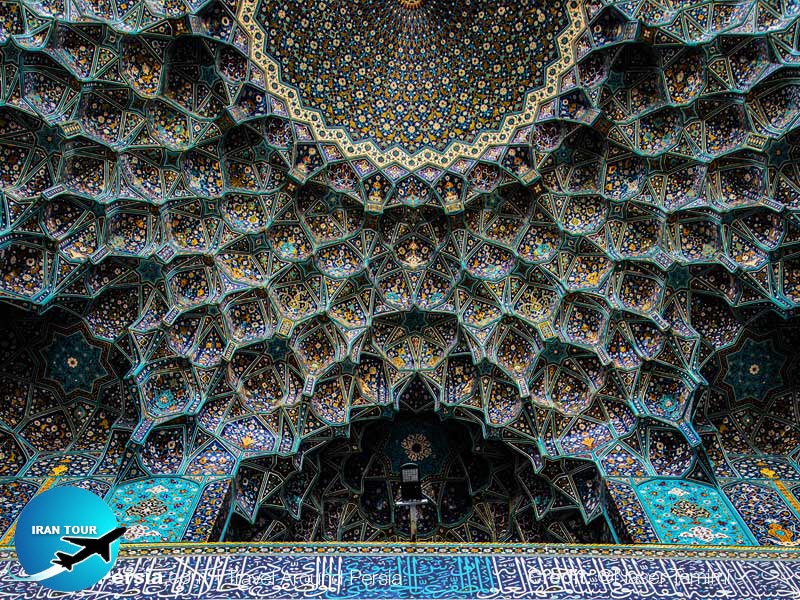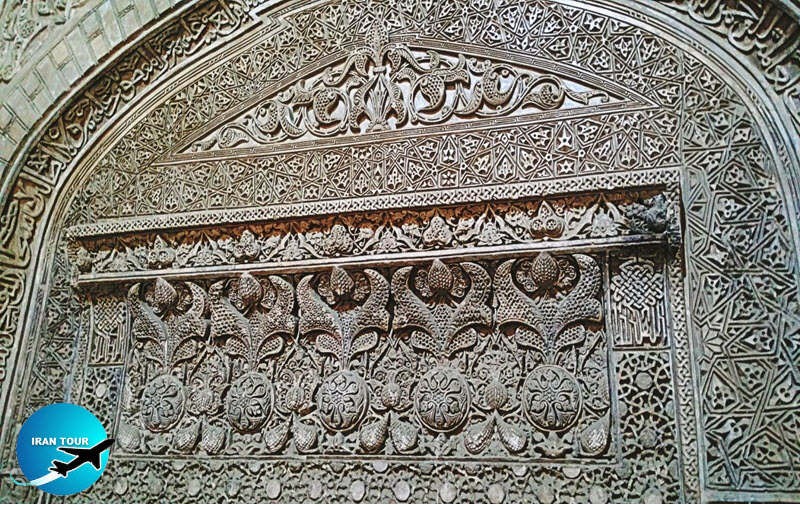Copyright 2020 - 2021 irantour.tours all right reserved
Designed by Behsazanhost
Iran after Arab invasion
Iran after the Arab invasion
The arrival of Arabs in Iran is one of the biggest changes in Iranian history that happened in the seventh century A.D.This Arab presence in Iran has caused great changes in the history, art architecture, and culture of Iranians. The construction of new majestic mosques by Iranian architects created a new style of architecture called Iranian mosques, which were in front of simple Arabic mosques. With the influence of Islam in Iran and the defeat of the Sassanid Empire, the Arab government ruled Iran for over 650 years under the name of Abbasid. Of course, their definitive influence was only 100 years since afterward rulers were appointed by Iranian commanders. During the 650 of Arab rule, many Iranian tribes revolted against Arabs.
 |
The first of them was the Taherian Dynasty which opposed the rule of Baghdad and dominated some part of the east of Iran in the ninth century A.D.
Another Iranian local government that set up an independent government in the north of Iran was Alavi Dynasty in Tabarestan (present Mazandaran) north of Iran near the Caspian Sea. The Saffarids ruled Sistan and the Samanids governed east of Iran, part of Afghanistan, and Greater Khorassan.
Ale-Ziyar (930 - 1090) and Ale-
Mazandaran(Tabarestan) and Gilan(Deylam) provinces due to the existence of massive forests and lack access of to Arab soldiers for many years had an independent government in Iran. After the Arab conquest, thanks to lofty mountains and difficult roads the people in Mazandaran and Deylam retained their customs and faith and swayed a big part of Iran.
 |
After conquering Khuzestan Ali ibn-e
The
Ale
A family which ruled in Iraq, Khuzestan, and Kerman.
A second family governed Iraq and Fars.
A third family ruled Kerman and Fars and was defeated by Sultan Mahmud, the Ghaznavid king.
The Ghaznavid Dynasty (977 AD - 1186 AD)
Ghaznavids were a group of Turkish Muslims who spoke Persian and had an Islamic state. Their government starts from the southeast of the Samanid government and continued up to parts of Afghanistan. During their short rule, this dynasty (which ruled during the lunar years 388 until 432) governed Khorassan, Sistan, Gorgan, Semnan, Ray, Isfahan, the present Afghanistan, Kharazm, Chaghanian Province (north of Jeyhoon River), Marv, Balkh,
- Details
- Category: IRAN Blog